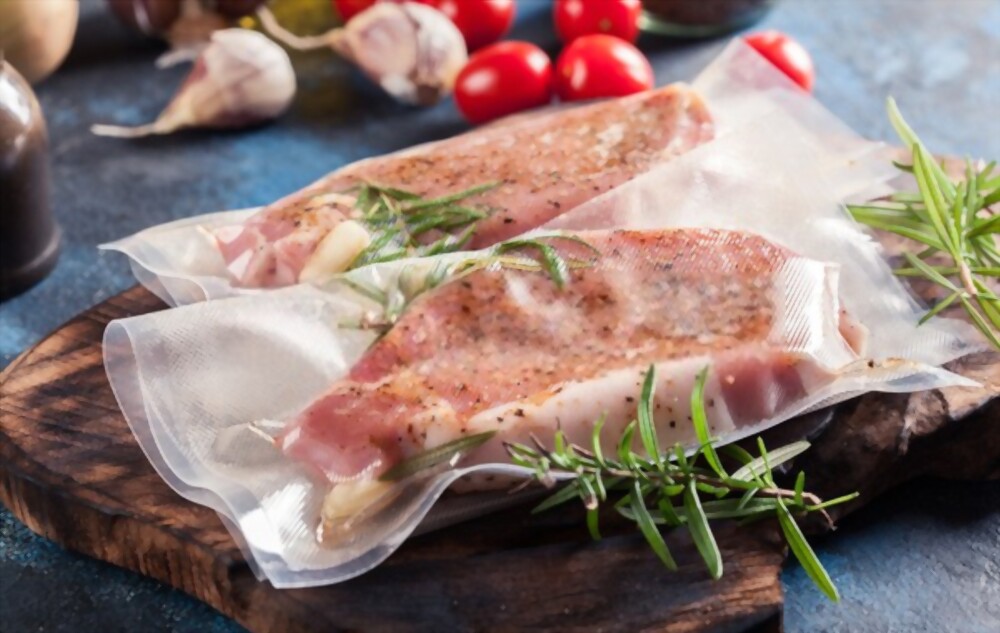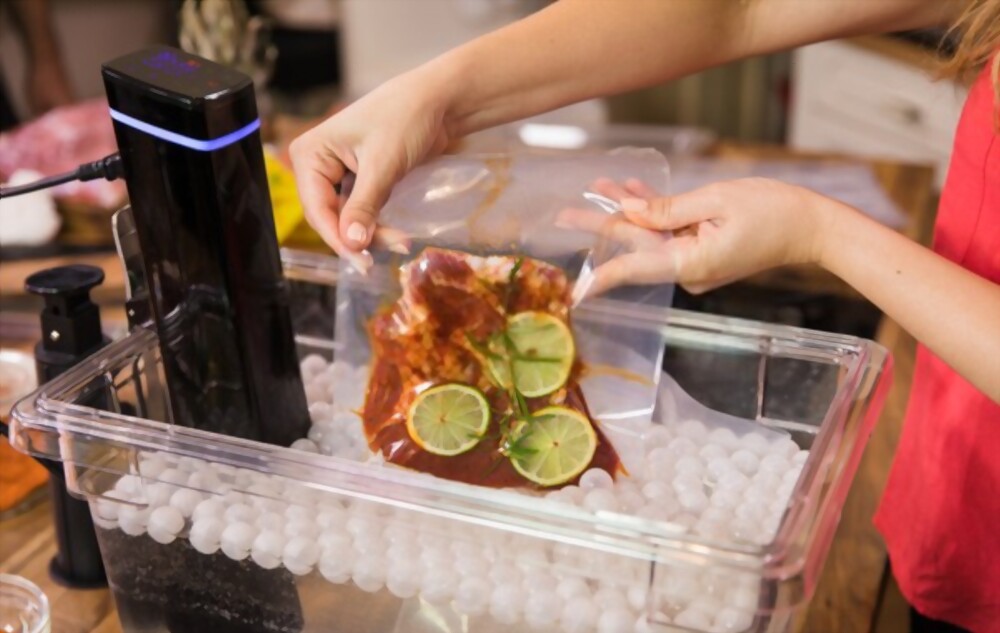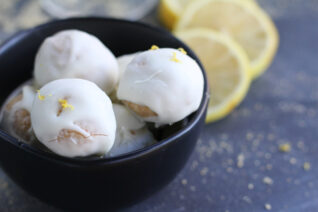This post may contain affiliate links, please read our disclosure policy.
Sous vide is certainly the future of cooking and a method that was once a well-kept secret in many professional kitchens. Here’s How To Get Started With Sous Vide Cooking thanks to Michael Cook at MyConsciousEating.com.
How To Get Started With Sous Vide Cooking
Luckily, sous vide is now a method available to everyone, and you can easily implement it into your daily cooking routine to achieve outstanding, restaurant-grade results.
In case you’ve completely new to the concept of sous vide cooking, in this guide, we will cover all the necessary basics and help you better understand this famous French technique.
What exactly is sous vide cooking?
Sous vide cooking is a French cooking method, and the term translates to “under vacuum”. This innovative cooking method entails vacuum-sealing your food and then cooking it in a water bath at a carefully determined temperature.
This kind of cooking will give you perfect results every single time, as you’ll be able to fully control the temperature throughout the cooking process, which is not the case with other methods.
Its precision, as well as the ability to preserve all the flavors and natural juices of the ingredients, has launched it to the very top of professional cooking methods. However, sous vide cooking is now becoming widely recognized in “amateur” cooking, as well, and finding its way into many kitchens.
With sous vide cooking, you don’t have to worry about undercooking or overcooking your food. With the control you have over the cooking temperature, it is also hard to dry out the food and strip it of its natural flavors and aromas, as they remain trapped inside that vacuum-sealed bag.
Another advantage of sous vide cooking compared to other techniques is that the food preserves its volume and doesn’t get wasted in the cooking process.
Now, without further ado, let’s go over some of the best tips and tricks for starting with sous vide cooking.
- The necessary equipment
Many people think that sous vide is a terribly complicated cooking method that requires a ton of equipment. The truth is that, you only need a few essential tools that will help you cook your food to perfection every time, and these are generally once-in-a-lifetime investments.
If you’re not interested in investing in professional equipment, you can always use a regular pot, and all you need is a ziplock bag and a thermometer to get the right temperature.
That being said, you’ll make your life a lot easier by purchasing sous vide bags specifically designed for this type of cooking. When it comes to regulating the temperature of the water, you’ll have to choose between water ovens and immersion calculators.
We’d always recommend an immersion calculator, as it is easier to use, but also more affordable and beginner-friendly.
A vacuum sealer is not something that you necessarily require for sous vide cooking, but it is definitely the best way of sealing your sous vide/ziplock bags and ensuring that the juices and aromas remain in the bag.
- Preparation
How do you prepare your food for this type of cooking? When it comes to seasoning, there’s no need to experiment and go overboard with many spices, as the sole purpose of sous vide is to let the natural flavors of the ingredients shine through.
While you don’t have to use a vacuum sealer to secure the bag (and you can do so with binder clips), it will give you a sense of security – especially if you’re new to this technique.
All you need to do is season your food, then place it into a sous-vide (or ziplock) bag, and ensure that you’ve removed all the excess air from the bag before starting the cooking process.
In case you’re not using a vacuum sealer, it is recommended to try the water immersion technique by slowly lowering the food you’ve previously added to a ziplock bag into a bowl filled with water.
The pressure of the water will allow the excess air to come up to the top, allowing you to squeeze it out before you proceed to seal the ziplock bag just a little bit above the actual water line.
You may also use a straw to suck out the excess air from the ziplock bag, but this method is only allowed when you’re preparing food for yourself, and you should never use it when you’re preparing raw meat.
- Cooking
When it comes to sous vide cooking, we’ve already mentioned that the temperature is the deciding factor. However, cooking time also makes a huge difference.
It is crucial to always consult the manual that came with your sous vide cooker, or find the information about the recommended temperature and cooking time online for that particular food.
When it comes to cooking meat, which seems to be one of the trickiest tasks, it is necessary to be extremely cautious with the temperature, as you want to avoid eating an undercooked steak, or any meat cut for that matter.
For instance, the recommended temperature for a medium-rare steak is 129°F (54°C) to 134°F (57°C), while the cooking time is 1 to 4 hours, depending on the type of steak and the actual temperature you’re using.
Some people prefer to add another step to sous vide cooking, especially when it comes to meat cuts, which not only ensures that the meat has been properly cooked, but also elevates its texture and overall flavor profile.
You can finish your steak in a cast-iron casket on high heat to get that smoky aroma and slightly charred, golden brown outside layer. This step is also recommended for meat cuts such as pork chops and ribs.
Depending on the meal you’re preparing, you can choose different finishing methods, including grill or deep-frying, to achieve the desired texture and add deepen the flavors.
However, if you enjoy the tender, buttery texture the sous vide method provides, you will enjoy the softest chicken, pork shoulders, shrimp, and veggies without finishing these dishes with another method.
Sous vide cooking certainly does take more time than other techniques, but when it comes to preserving the natural flavors of ingredients, it is by far the most effective cooking method you will try.
What’s your favorite meat to sous vide?
Be sure to check out all my recipes on Food Wine Sunshine and follow along on Facebook, Twitter, Pinterest and Instagram.







Comment section